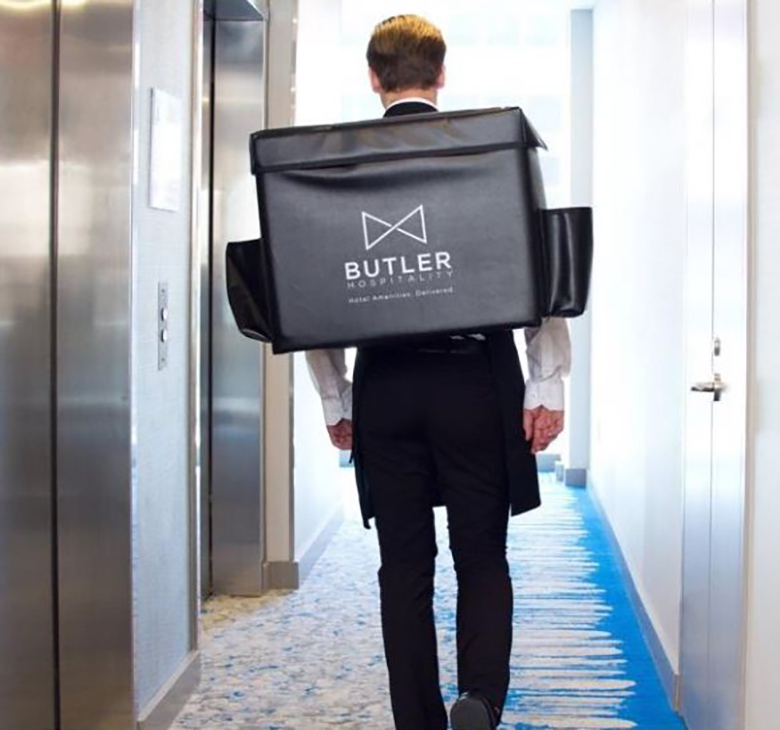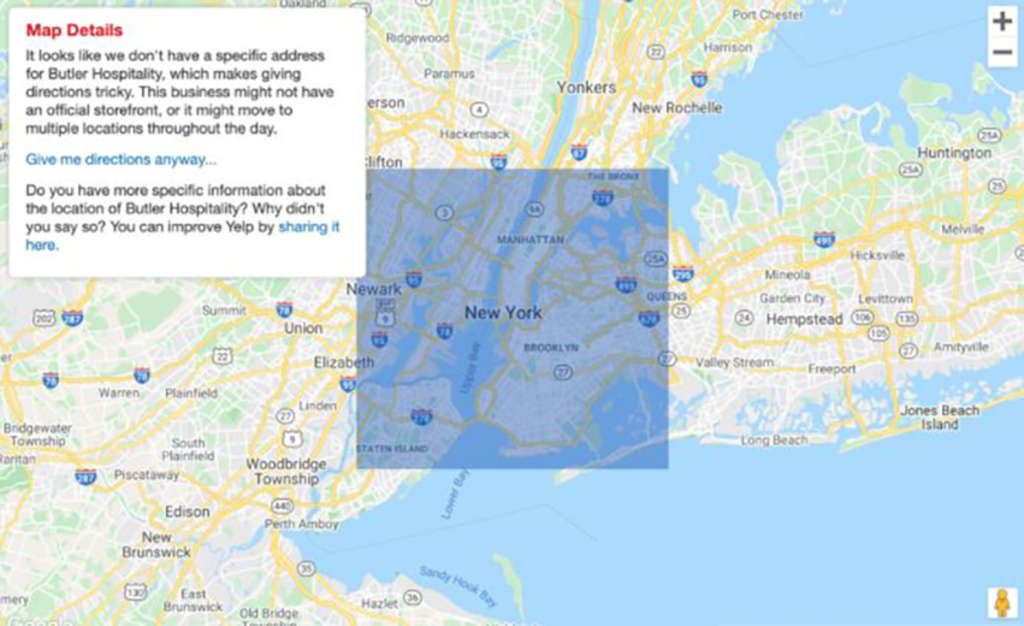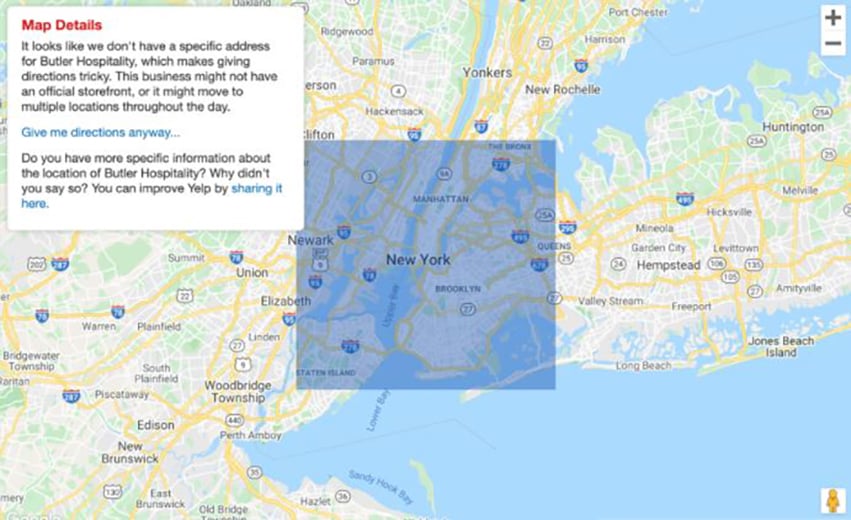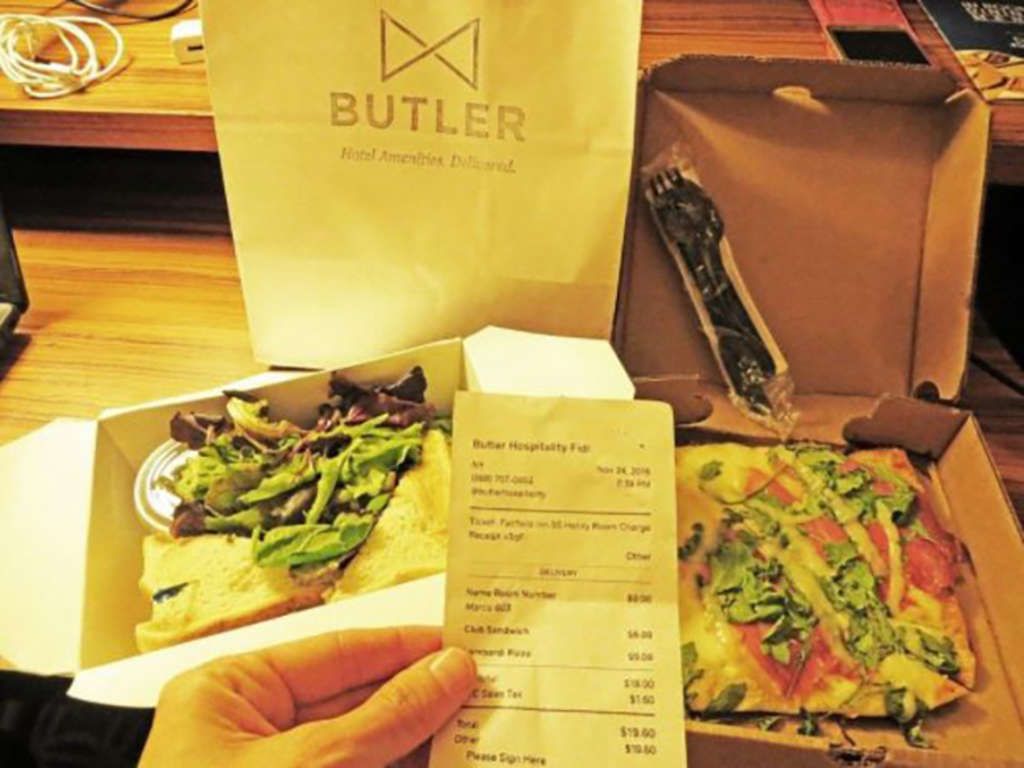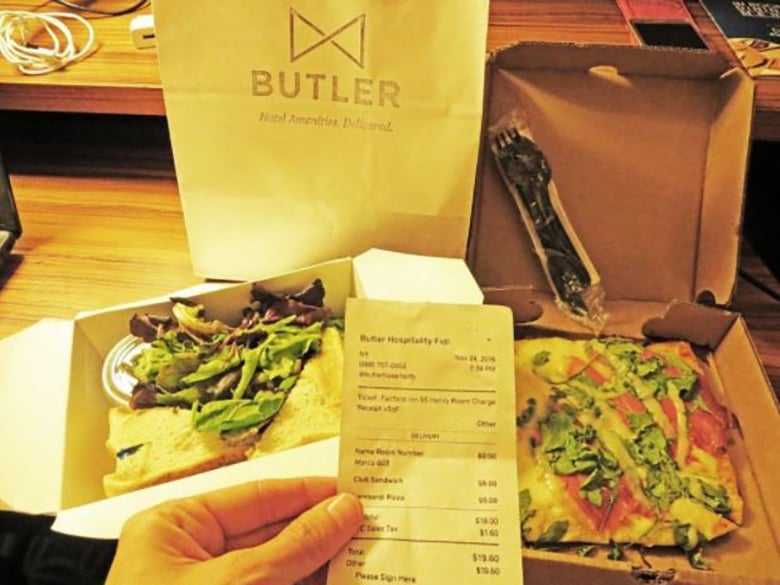Ghost Kitchens in the Lodging Industry: A F&B Strategy for Hotels
Co-written by Isaiah Morrow
A Ghost kitchen is a professional food preparation and cooking facility that serves customers exclusively by delivery. Ghost kitchens do not have a physical location that customers can enter (yet). The concept of ghost kitchens strips down the traditional dining establishment by removing dining areas and fancy décor. Instead, they serve as kitchens for restaurants to prepare food to deliver to customers. Several restaurants can operate out of the same ghost kitchen, either working from the same facility or breaking the space into separate areas. Ghost kitchens have emerged as a business model due to the rapid growth in consumer demand for restaurant delivery. Lower overhead costs, ability to change, and sociality changes are reasons why the ghost kitchen model is thriving; the concept has even entered hotels and catering.
Apps like Grub Hub, Postmates & Door Dash have ushered in the golden age of delivery in America, growing 300% faster than dine-in over the last five years. Over half of U.S. consumers now utilize delivery apps at least once a week (Roming Hunger, 2020). While in-restaurant dining numbers have stayed flat in recent years, digital orders have risen by 20% (Morgan, 2020). Food delivery is projected to become a $75.9 billion business by 2022 (Taylor, 2020; DeMicco, F.J. 2020).
Opening a fully staffed restaurant is a significant investment. Commercial real estate prices have in large cities like New York, Los Angeles, and Washington D.C. have made it nearly impossible for small business to keep their doors open. Ghost kitchen business model has a lower overhead cost and does not have to pay higher rent like a traditional restaurant. Chipotle Restaurants has to dedicate 75% of its space to seating, while 90% of their customers grab and go. By comparison, a ghost kitchen can open inside a kitchen with as little as 200 square feet of space and operate a viable restaurant business with a minimal footprint (Mohan, 2017). Cracker Barrel just announced they are turning one of their restaurant's units into a strictly off premises catering operation type of Ghost Kitchen.
Ghost kitchen can switch menus rapidly. Not having an actual storefront means consumer do not have consistent expectations. For instance, a ghost kitchen can quickly drop a Middle Eastern concept after encountering lower-than-expected sales. With differentiating versatility, ghost kitchens can offer similar or identical menu items that are successful at other restaurants. Ghost restaurants can also focus on delivery friendly dishes like salads, sandwiches, and grain bowls.
Society is comfortable ordering online; shopping online is more popular than ever. Consumers like the comfort ordering in their own home. Delivery services are more accessible than having to venture out to a restaurant or the grocery store to prepare dinner. Workplace culture shifts also benefits ghost kitchens; lunch hour with co-workers is being replaced by food delivered while working over a laptop.
Ghost Kitchens for Hotels
Hotels have even entered the ghost kitchen market. A pioneer in the hotel ghost kitchen concept is Butler Hospitality. Premtim Gjonbalic was 23 years old restaurant manager that saw the hotel market's inefficiency within in-room dining. In 2015 Gjonbalic started Butler Hospitality, an on-demand platform for room service and amenities that serve as a ghost kitchen for hotels (Exhibit 1&3). Hotels are often losing money on room service due to high labor costs and inconsistent order volumes. However, hotels needed In-room dining amenities to stay competitive (Bosilkovski, 2020). Butler Hospitality took advantage by taking over a kitchen in an underutilized hotel restaurant, then using that hotel's restaurant in a dense area to deliver to multiple hotels (Bosilkovski, 2020). The company operates as a Business to business to consumer model with hotel customers ordering directly through Butler Hospitality and the hotel collecting payments at the front desk through the folio. Butler Hospitality receives 90% of the revenue, with 10% going to the respective hotel. Butler Hospitality doubled the room count it serves year over year, ending 2019 with 250 full-time employees. Butler Hospitality works with Marriott, Choice Hotels, Hilton, and IHG currently in New York City (Exhibit 2). The company plans to grow to Chicago, Miami, and D.C. In 2020 (Bosilkovski, 2020). Butler Hospitality built their current business plan to incorporate catering. Butler Hospitality offers gourmet catering services & exceptional amenities menu for hotel events (Exhibit 4). Catering orders may be placed during business hours between 9-5 pm Monday through Friday. Catering must be confirmed 48 hours before the event.
Conclusion
The booming foodservice delivery industry provided a stage for Ghost Kitchens to grow in recent years. This is especially true today given COVID-19 and the increased use of digital and contactless ordering and payment. A Ghost kitchen can create a profitable business; and even make hotel in-room dining more profitable. Ghost Kitchens lower the cost of real estate, refine menu offerings, and fit into a more ubiquitous online purchasing consumer. A fresh take on restaurants has transformed the hospitality industry and is the future of fast-casual dining. Hotel operations can benefit from this creative concept, and maybe even develop their own Ghost Kitchens as a profit center.
Appendix
References
- Bosilkovski, I. (2020, July 14). Meet The Enterprenur Whose Ghost Kitchen For Hotels Just Raised $15 Million. Retrieved from Forbes: https://www.forbes.com/sites/igorbosilkovski/2020/07/14/meet-the-entrepreneur-whose-ghost-kitchen-for-hotels-just-raised-15-million-at-an-85-million-valuation/#24df0ada20b4
- Chamleee, V. (2016, September 30). Are Virtual Restaurants Dining Next Hot Trend? Retrieved from Eater: https://www.eater.com/2016/9/30/12988932/delivery-only-restaurants-munchery-ando-foodcheri
- DeMicco, F.J.; Cetron, M.; Davies, O (2020). Hospitality & Travel 2020. From the Fifty Trends of Hospitality and Travel Research, Forecasting International.
- Mohan, P. (2017, January 20). Hold The Storefront. Retrieved from Fast Company: https://www.fastcompany.com/3064075/hold-the-storefront-how-delivery-only-ghost-restaurants-are-changing-take-out
- Morgan, B. (2020, January 21). 3 Ways Ghost Kitchen Are The Future of Experiential Retail. Retrieved from Forbes: https://www.forbes.com/sites/blakemorgan/2020/01/21/3-ways-ghost-kitchens-are-the-future-of-experiential-retail/#3da5e56f35ee
- Roming Hunger. (2020, February 3). Ghost Kitchen Everything you must know. Retrieved from Roming Hunger: https://roaminghunger.com/blog/15623/ghost-kitchens-everything-you-must-know
- Taylor, K. (2019, October 12). Ghost Kitchen are taking over fast food chains. Retrieved from Bussiness Insider: https://www.businessinsider.com/chick-fil-a-wendys-ghost-kitchens-growth-2019-10

